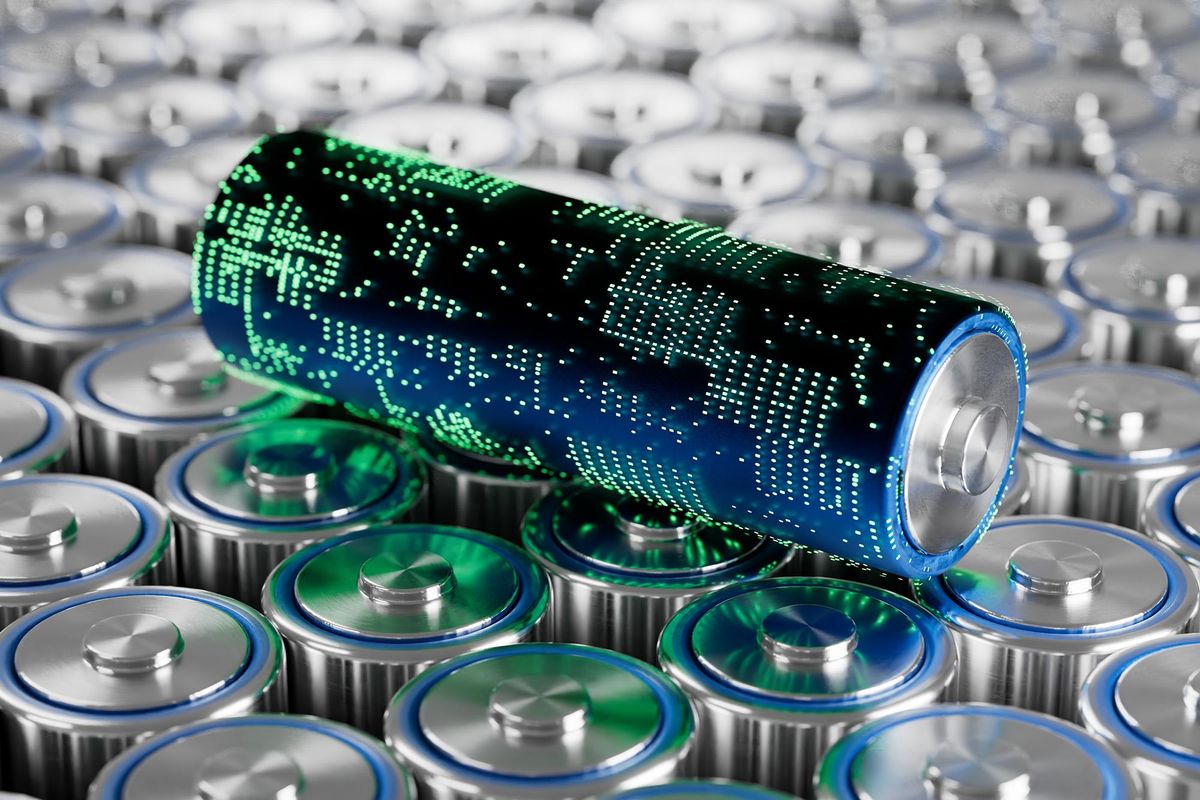Lithium Demand to Keep "Ballooning" Beyond Expectations
As the world continues to transition to electric vehicles, demand for lithium is expected to keep going up.

Lithium demand is showing no signs of slowing down, supporting the high price levels seen in the past year. And as electric vehicles continue to hit the roads, the need for lithium will only continue to grow.
Forecasts show that lithium demand could hit anywhere between 3 million and 5 million tonnes by 2030, Anthony Tse of investment firm Franklin Templeton said during a panel discussion at this year’s Benchmark Week.
“If you actually do the math and extrapolate, what we're going to need is to grow real supply — not pipeline, but real supply needs to come into the market of somewhere between 150,000 to 200,000 tonnes every single year. That's bigger than the whole market was 12 years ago,” he shared with the audience that gathered in person in Los Angeles for the first time in three years.
While there is visibility on the lithium projects expected to come online by 2025, after that the picture turns blurry.
“The challenge really is beyond 2025, what does the supply pipeline actually look like?” said Tse, the former CEO of Galaxy Resources, which merged with Orocobre in 2021 to become top lithium producer Allkem (ASX:AKE,OTC Pink:OROCF).
“Because unfortunately, over the past 10 years, I would have to say, probably as an industry, there has been underinvestment in the exploration stage," he added.
Rho Motion's Adam Panayi, who was also part of the panel discussion around lithium demand and cathode evolution, added that another key thing to bear in mind is how demand is configured, as different cathodes have different chemistries.
“Lithium is a given in virtually every chemistry as a component, but even within that, if you're looking at different cathode chemistries along that chain, the key material changes — it could be carbonate, hydroxide — and the intensity also changes,” he told the audience at the conference.
When asked about the evolution of cathodes, Tse talked about the “fit-for-purpose” concept. “It's been happening in cathodes for the past 30 years … because if there wasn’t an evolution of chemistries, we would all be driving around in cars that contained a lithium cobalt oxide battery, because that was the first-generation commercial lithium battery,” he said.
The development of cathodes is not just about performance, energy density and fast charging — cost has become an important aspect. “Especially in the last couple of years, where we've seen inflationary pressures across many industries, including the battery industry,” Tse said. “And increasingly, apart from cost, safety is becoming a much, much higher issue.”
For Ashish Patki of Livent (NYSE:LTHM), which operates its lithium business in Argentina's Salar del Hombre Muerto, one of the best ways to bring back what’s happening in the supply chain and put it in terms of lithium demand is to look at cathode output.
“China is the center of cathode output … this year's lithium-iron-phosphate output in China is easily on track to cross 1 million tonnes compared to about 400,000 tonnes last year,” he said. “And nickel-cobalt-manganese 811 in terms of output in China is number two position, and what we are seeing is 100 percent growth over the years as well.”
Patki estimates that for 2023 the industry will need 1 million tonnes of lithium carbonate equivalent.
“Again, whether there's supply that will be able to meet that, that's the big question,” he said. “(Furthermore), many of us in the industry, we tend to understate, underestimate the brand of applications of lithium-ion batteries.”
For the business development director at Livent, if supply cannot catch up, demand will be deferred, not destroyed.
“If there is not enough supply available of raw materials, it will just carry over into the next year,” he said. “It will just keep ballooning even more than anybody would think.”
Don't forget to follow us @INN_Resource for real-time updates!
Securities Disclosure: I, Priscila Barrera, hold no direct investment interest in any company mentioned in this article.
- 5 Things Lithium Investors Can Expect from Now Until 2025 ›
- Lithium Market Forecast: Top Trends That Will Affect Lithium in 2023 ›
- Top 9 Lithium Stocks (Updated December 2022) ›
- Lithium Market 2022 Year-End Review ›
- 8 Top Lithium-producing Countries ›






